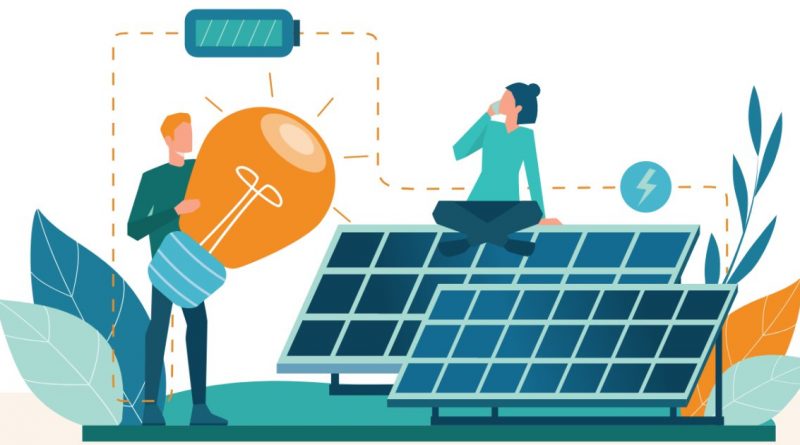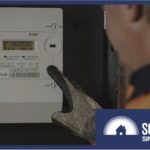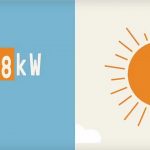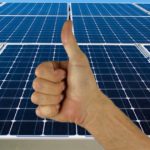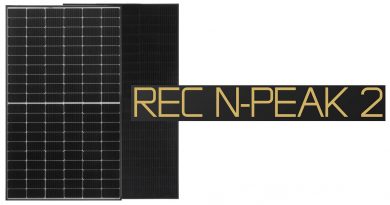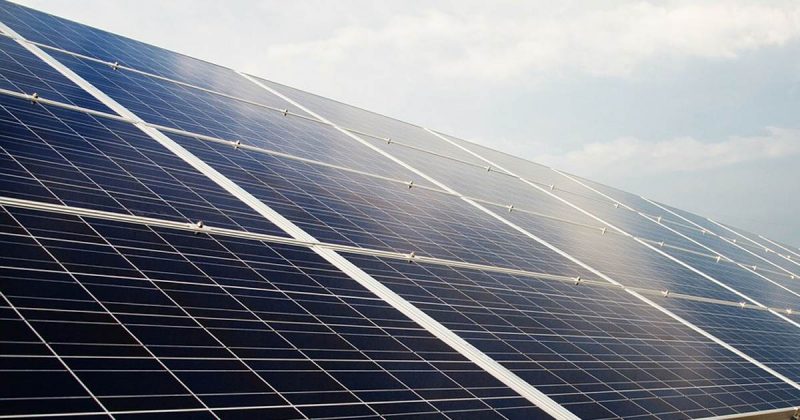Reforms To Support A Smart Solar Future Finalised
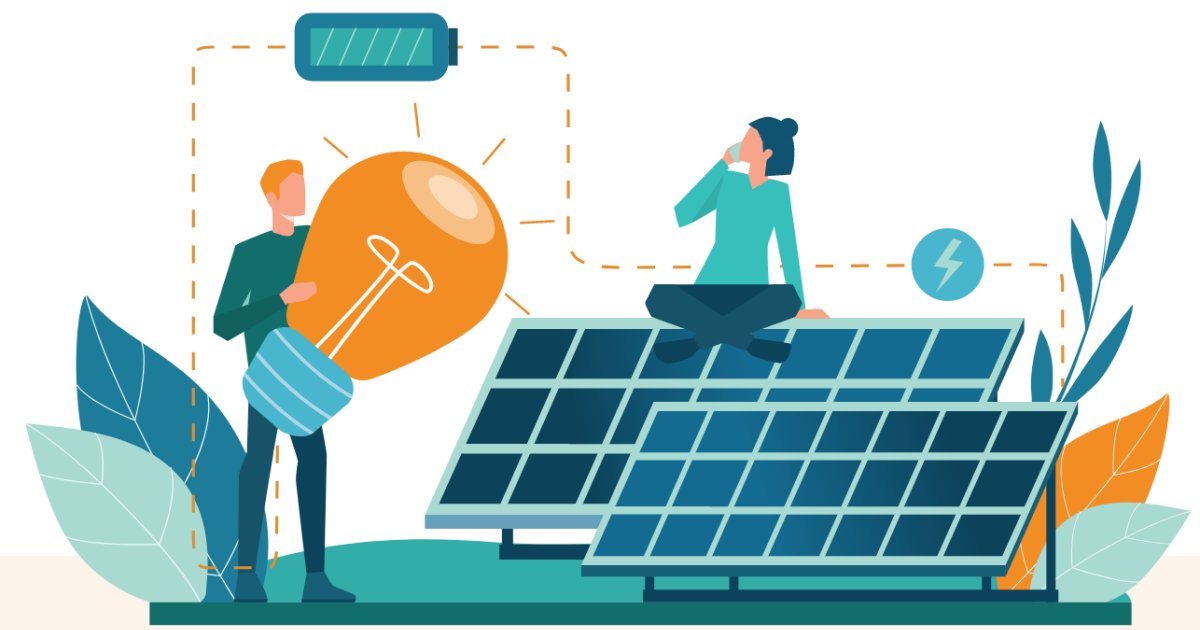

The Australian Energy Market Commission has finalised reforms designed to support the continued growth of small-scale solar, along with batteries and electric vehicles.
Australia’s passion for solar power is evident on our rooftops – more than 2.8 million systems have been installed across the nation. With the volume forecast to double over the next decade, there are concerns our grid – much of which was designed for one-way electricity flow – won’t be able to cope.
There are signs of this already in some areas, and in extreme cases new solar owners are being saddled with zero export limits. While it can still be worth going solar with a zero-export limit, it’s a significant disincentive.
The AEMC has been engaged in a huge effort to come up with a plan to enable ongoing high levels of solar uptake and make access to its benefits more equitable.
In March this year the AEMC published its draft determination, which was met with mixed reactions – and some misinformation. The Commission listened to feedback and published its Final Determination this morning.
Smart Solar Reforms Summary
- Power network businesses will be obligated to support energy flowing both ways – this will mean the end of blanket bans on customers exporting solar energy to the grid.
- Power network companies will be able to offer a range of paid solar export options – but must also offer a basic free service.
- Solar owners taking up paid export plans could earn more for solar electricity exports at some times and less at others, but a smart approach should see them ahead. This will also support solar battery and electric car uptake – system/vehicle owners can store energy and send it to the grid when the rates are higher.
- All network plans will be scrutinised by the Australian Energy Regulator (AER) and must be found to be in the consumer’s interest
- Importantly, there will be no new pricing plans for existing customers before July 2025
There’s a bit of good news for non-solar owners as well – under the reforms, they should save around $15 a year.
The AEMC says its modelling indicates under a worst-case cost scenario, solar owners choosing paid plans would still earn at least 90% of what they do currently1 – and that’s without taking any action to change their energy behaviours. Beneficial changes in behaviour include taking steps to increase solar energy self-consumption at times of the day when the grid already has high levels of exports.
“There are smart devices and set and forget systems out there now to help customers navigate a more dynamic energy system – like delay start functions on dishwashers, and automated systems that control solar inverters to send energy when it’s most beneficial to the grid and the household budget,” said AEMC Chief Executive Benn Barr. ” All of this can be as easy as using a mobile phone.”
The AEMC says there also other options open to electricity networks to promote smart energy use, such as encouraging access to community batteries.
As well as the Final Determination, the AEMC has published various documents on its New Energy Guide website containing explainers on how the reforms will work and their expected impact. This Consumer FAQ is a good place to start.
“These new measures to drive smart solar are fundamental to enabling a modern electricity grid that delivers out to 2030 and beyond,” AEMC Chair Anna Collyer said. “Power network companies will need to deliver services to support solar – and they’ll be judged on their performance on how much solar exports they allow into the grid.”
The Next Step
The AER is to kick off a consultation process in September relating to development of the Export Tariff Guideline, with the aim of publishing a draft guideline for community feedback early next year.
“We look forward to working with stakeholders and encourage anyone with an interest in solar reforms to join the conversation throughout our consultation,” said AER Chair Clare Savage.
Original Source: https://www.solarquotes.com.au/blog/smart-solar-aemc-mb2114/

